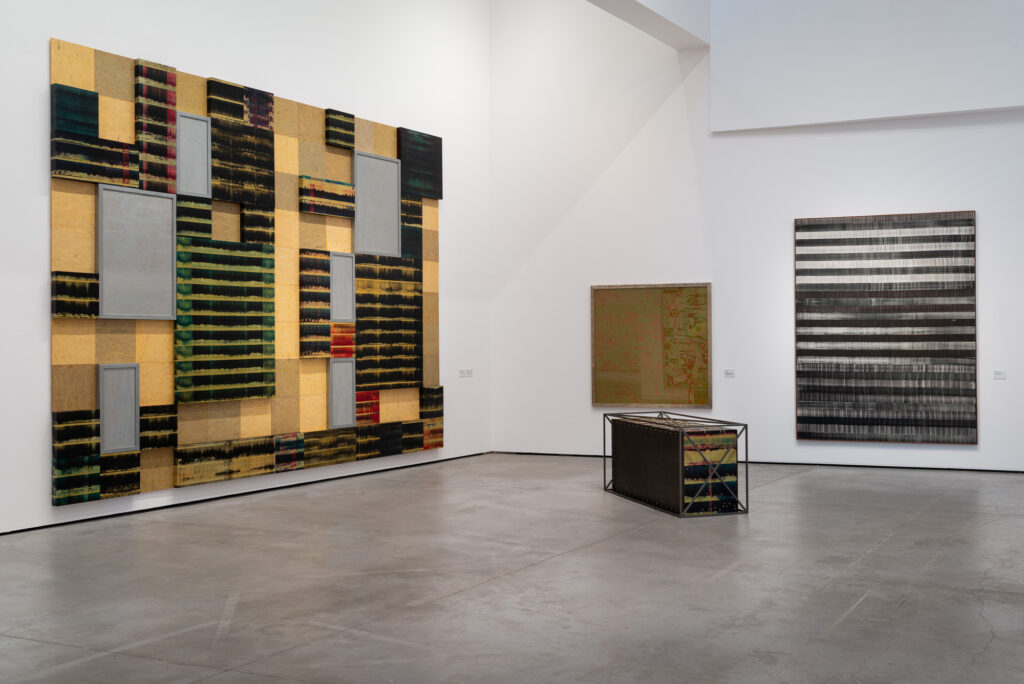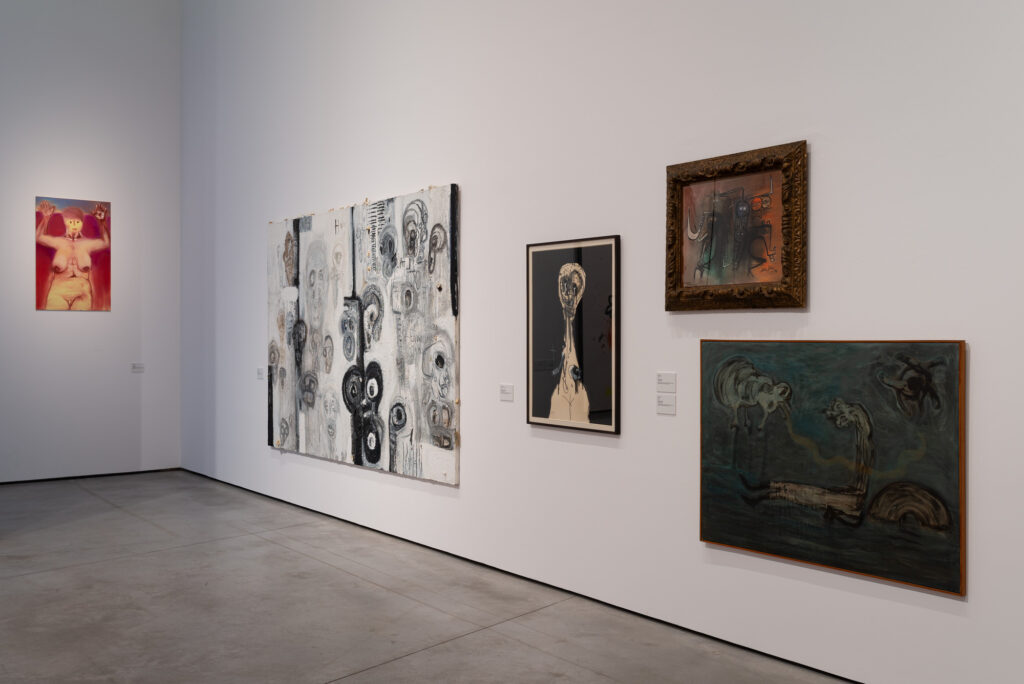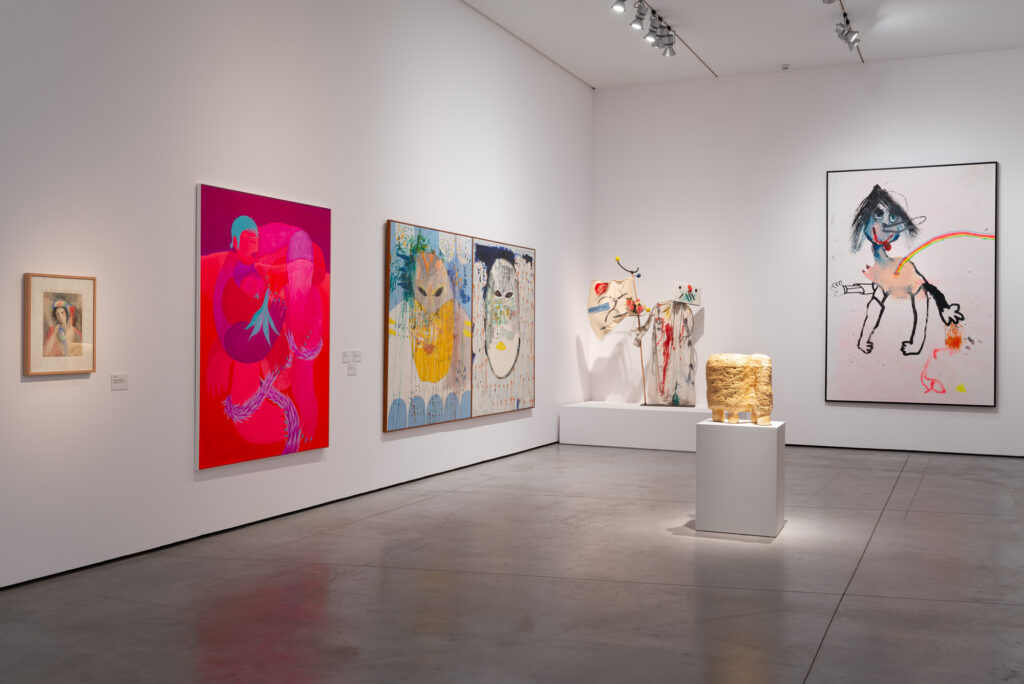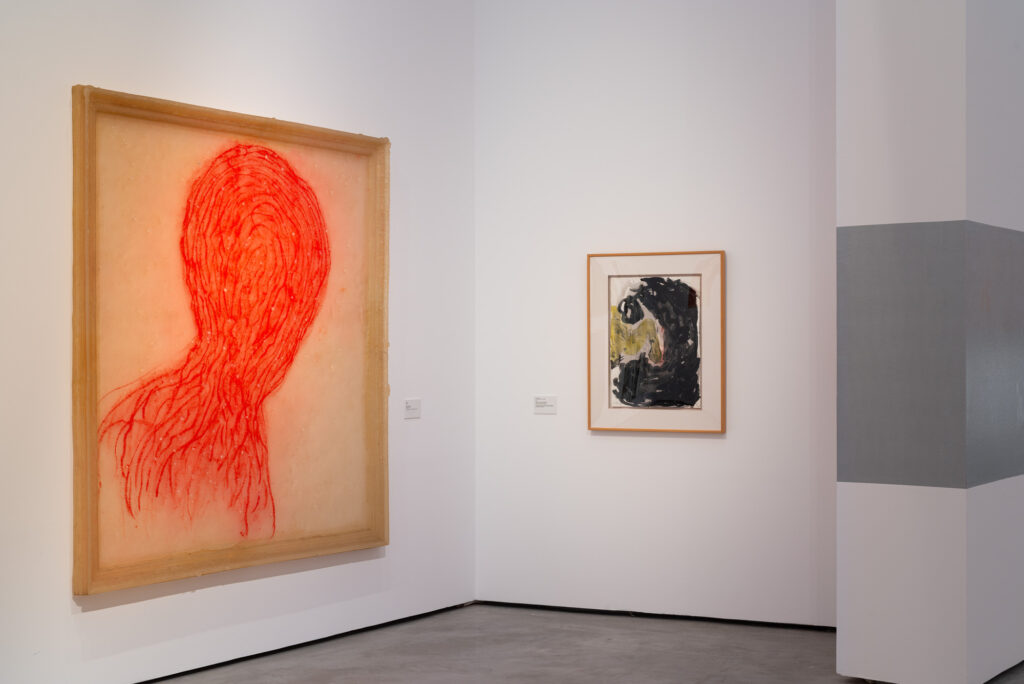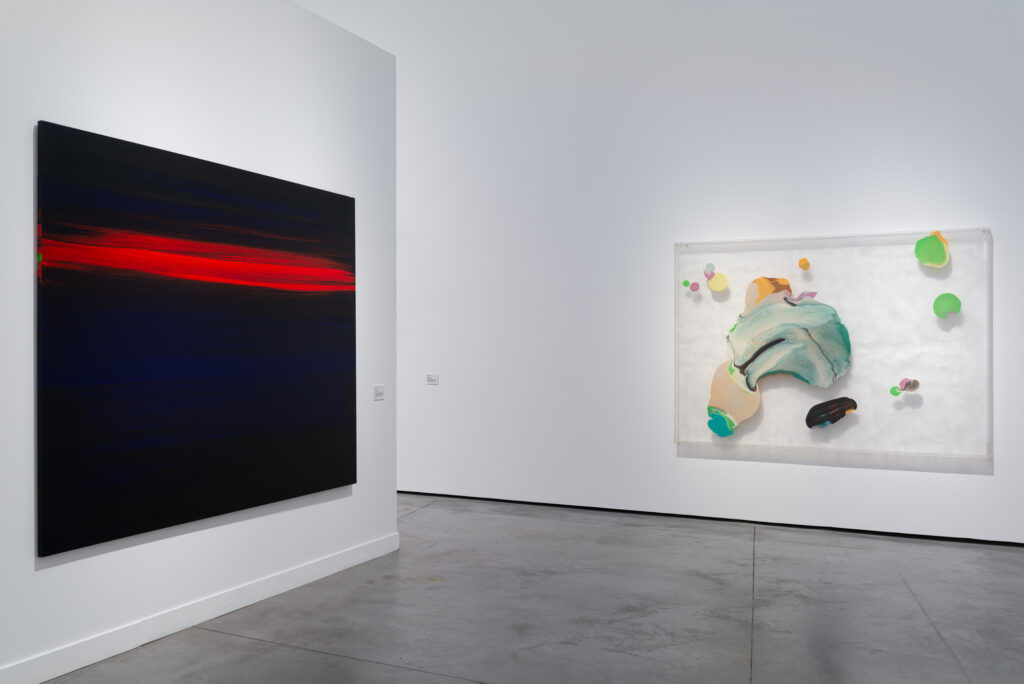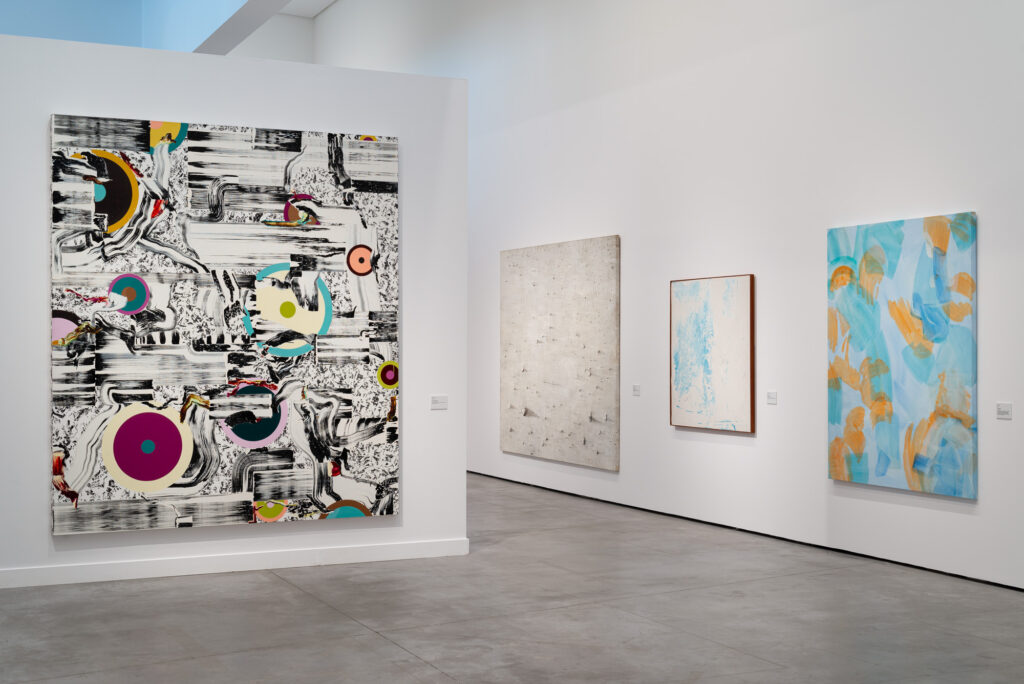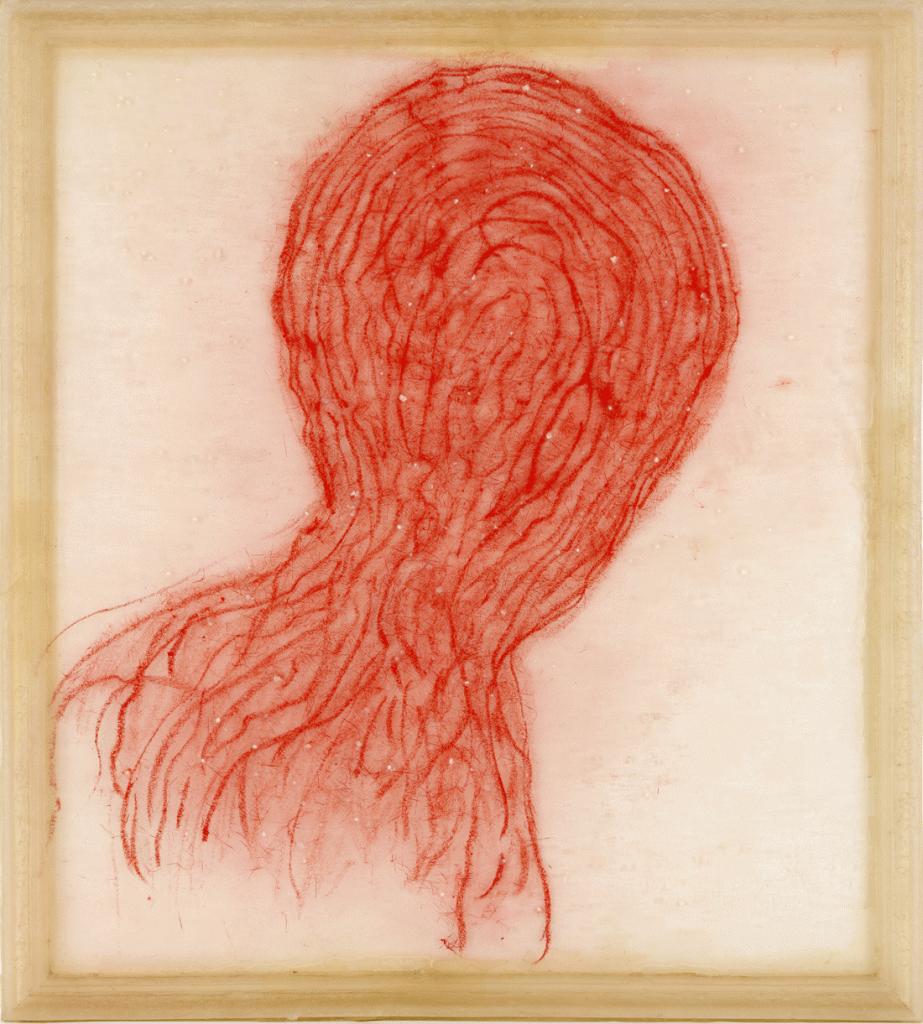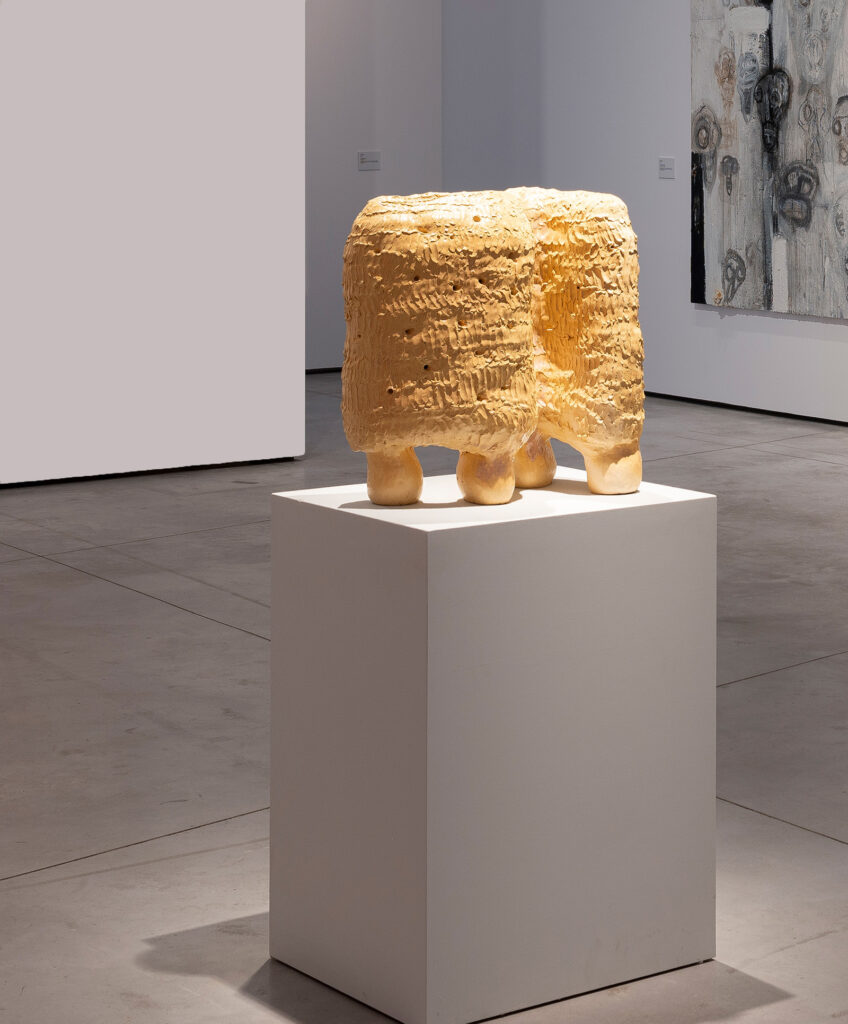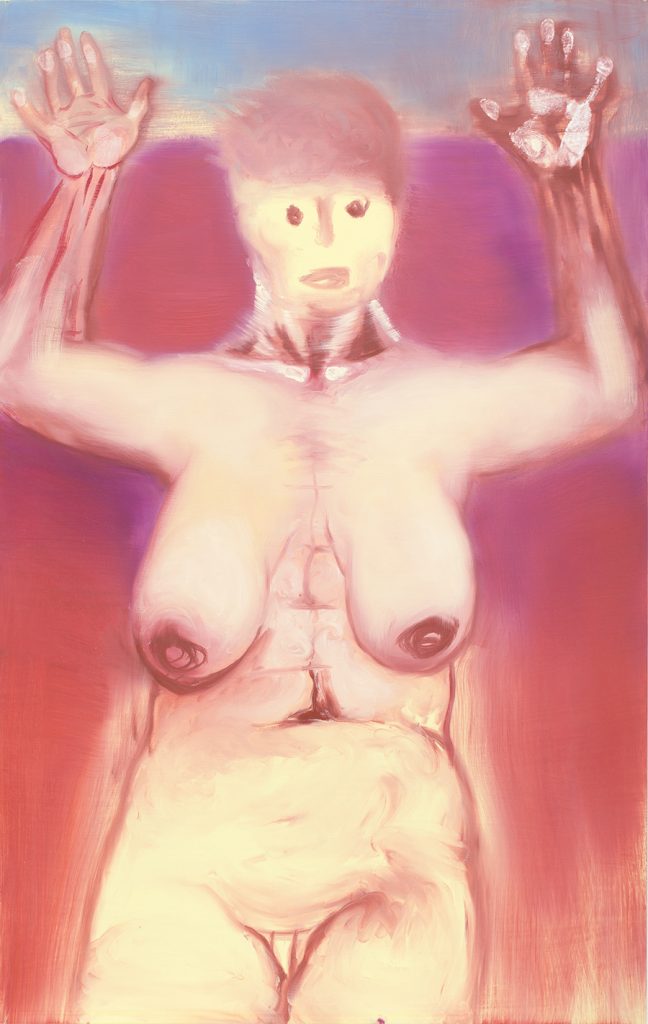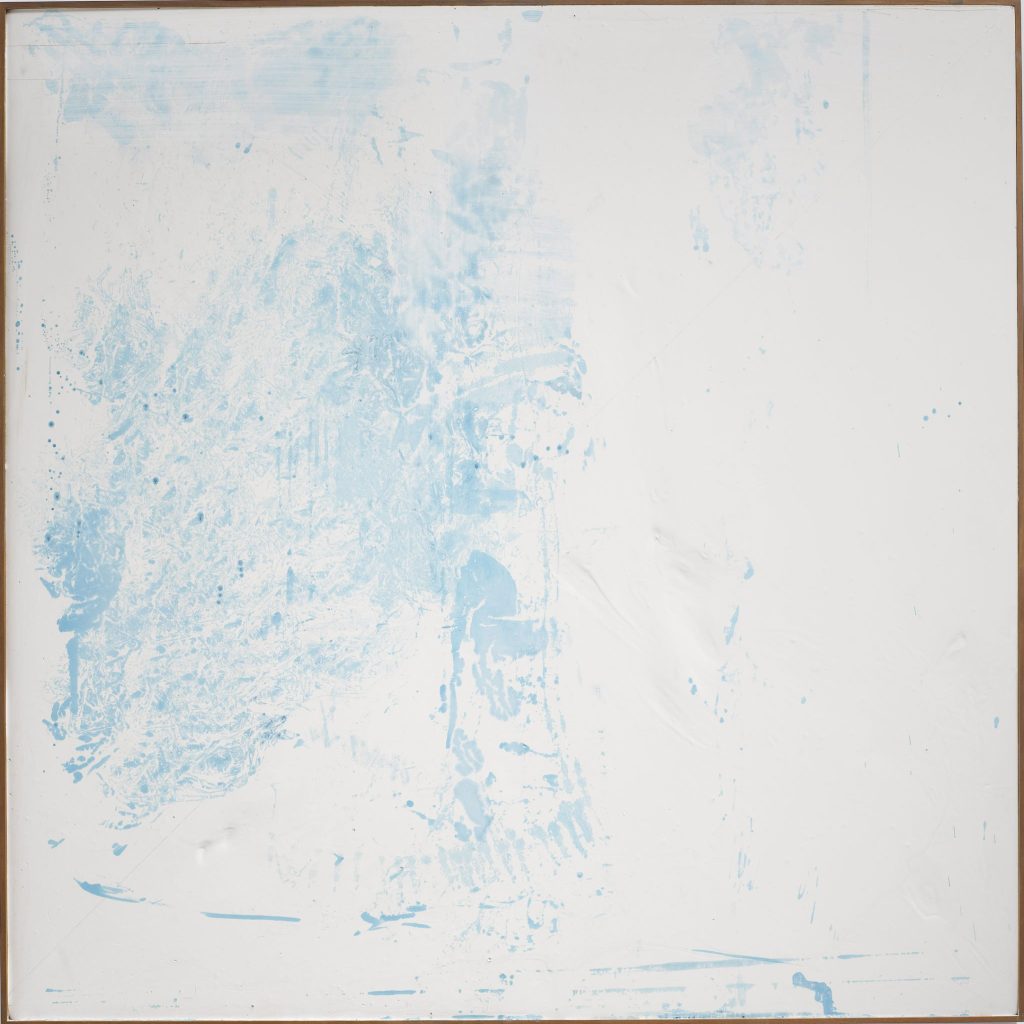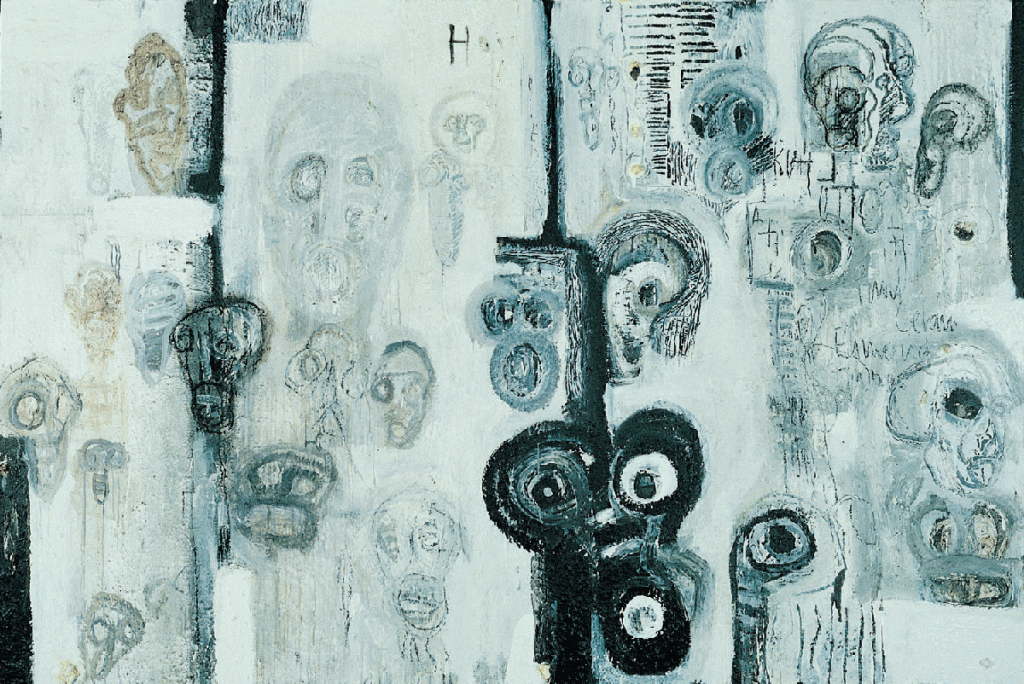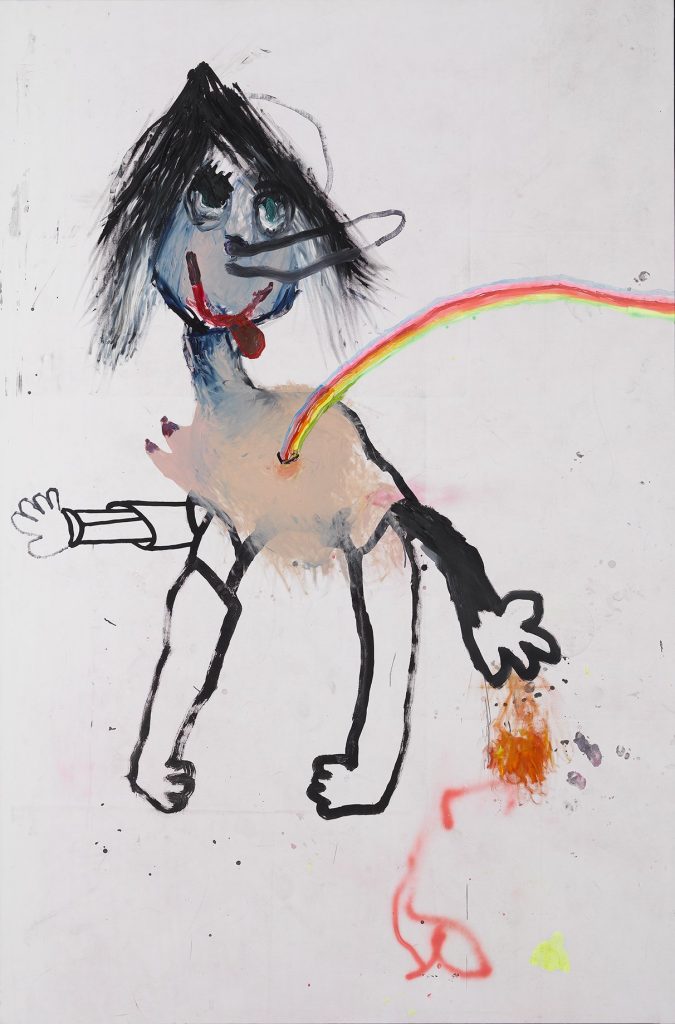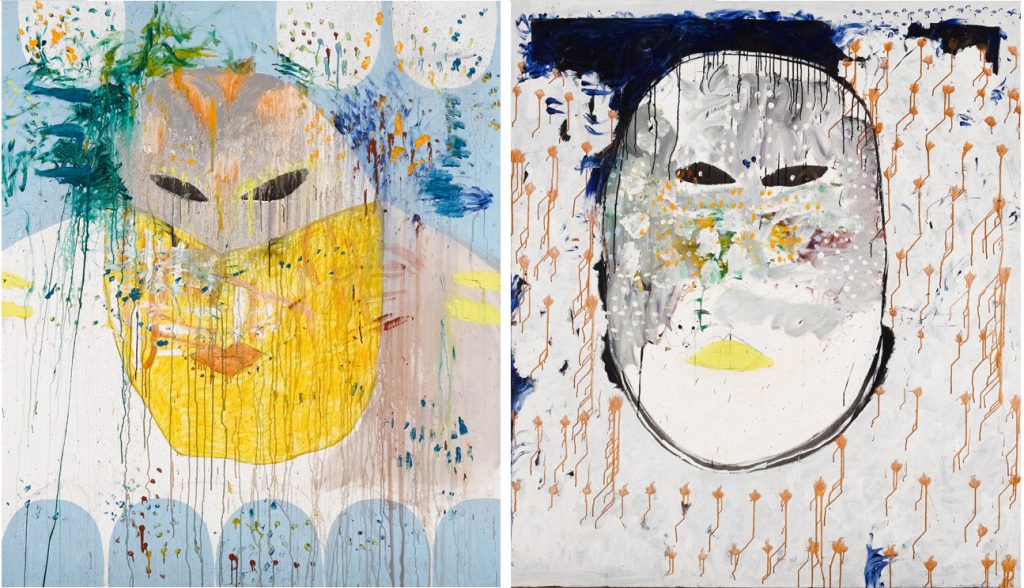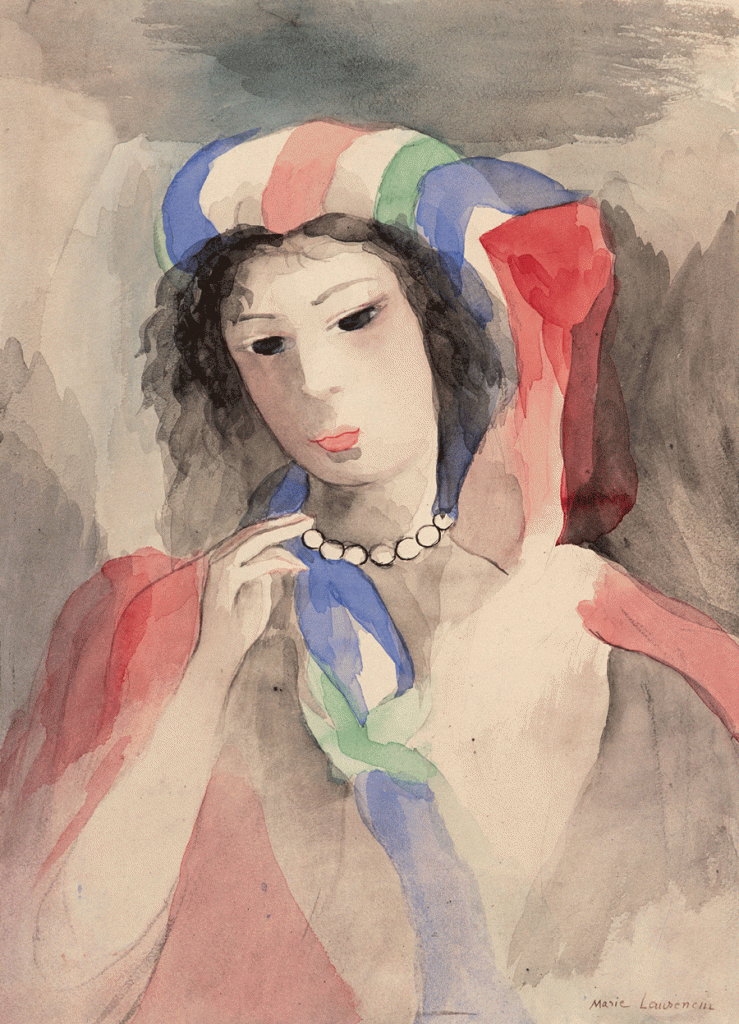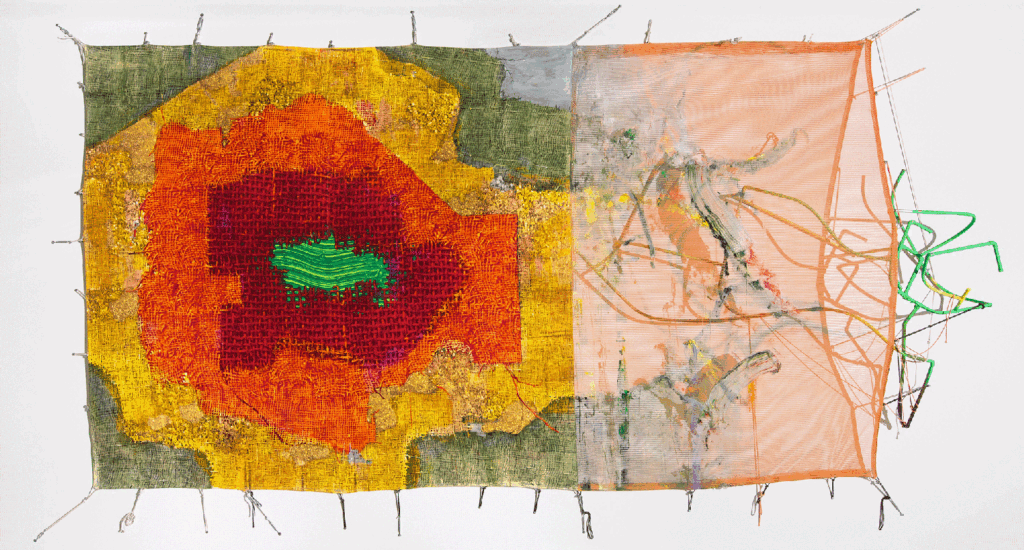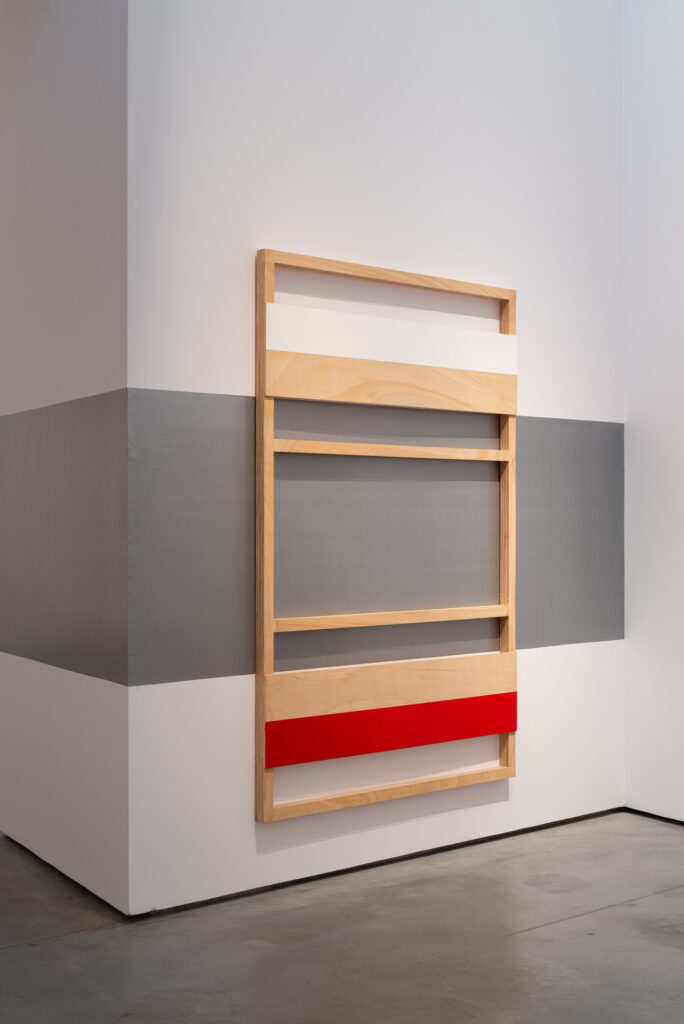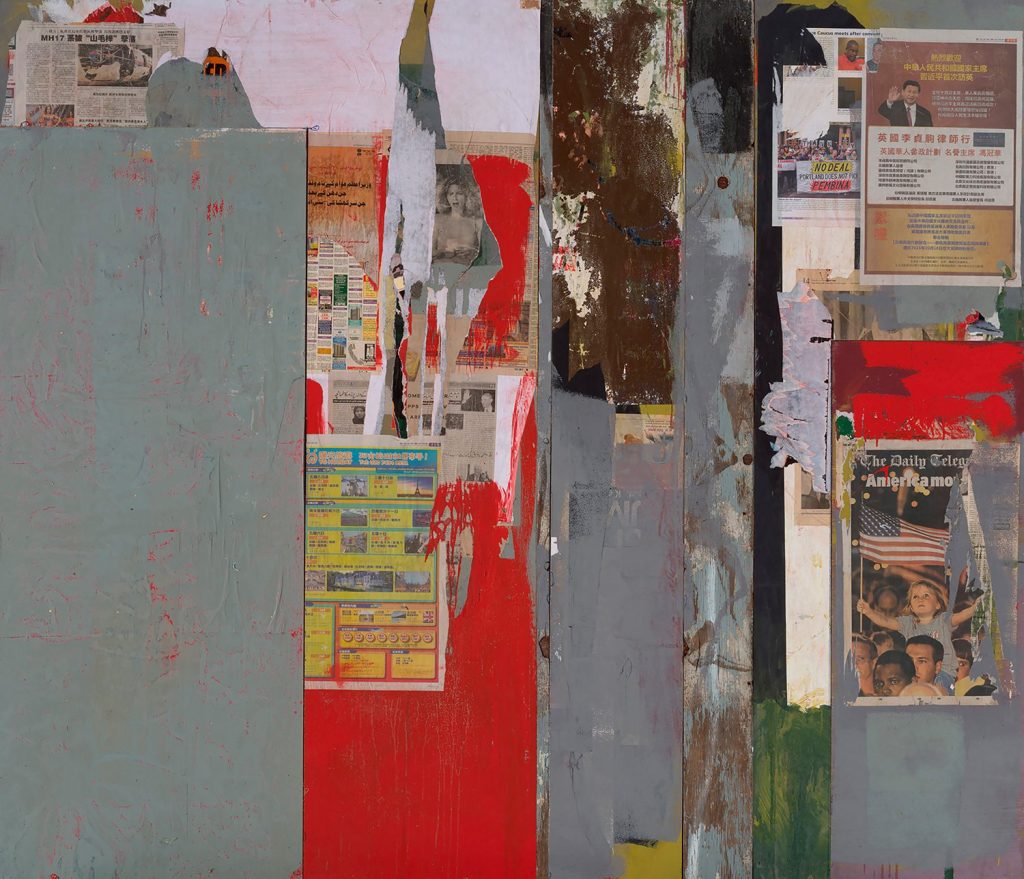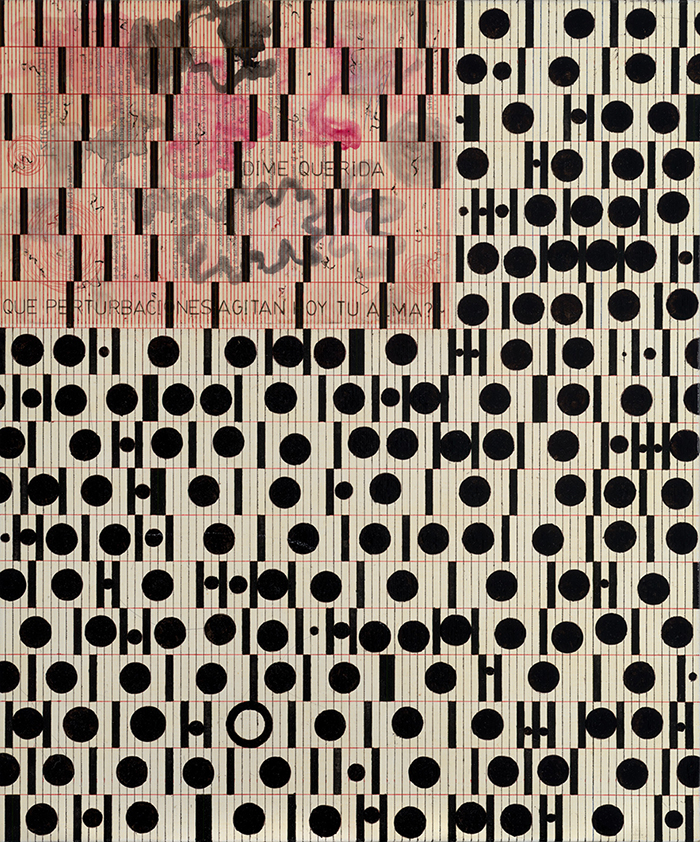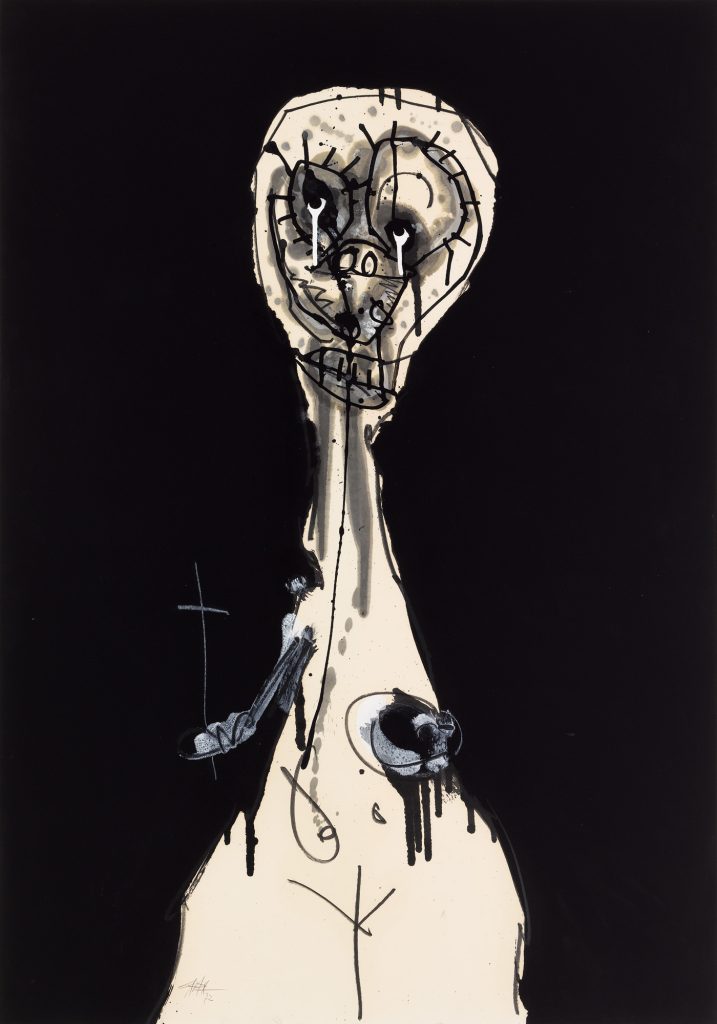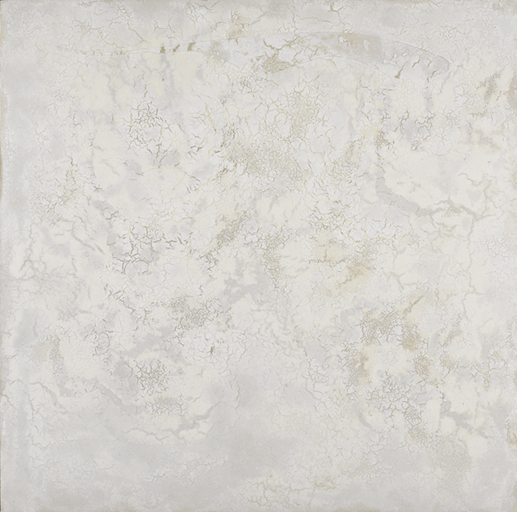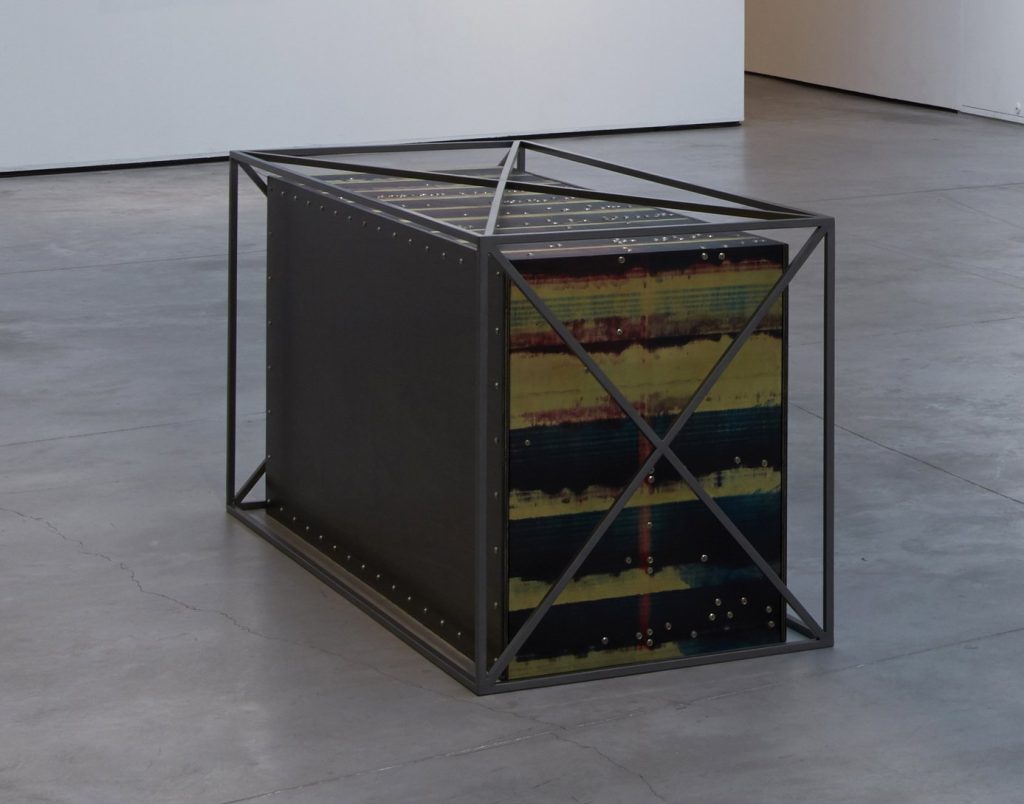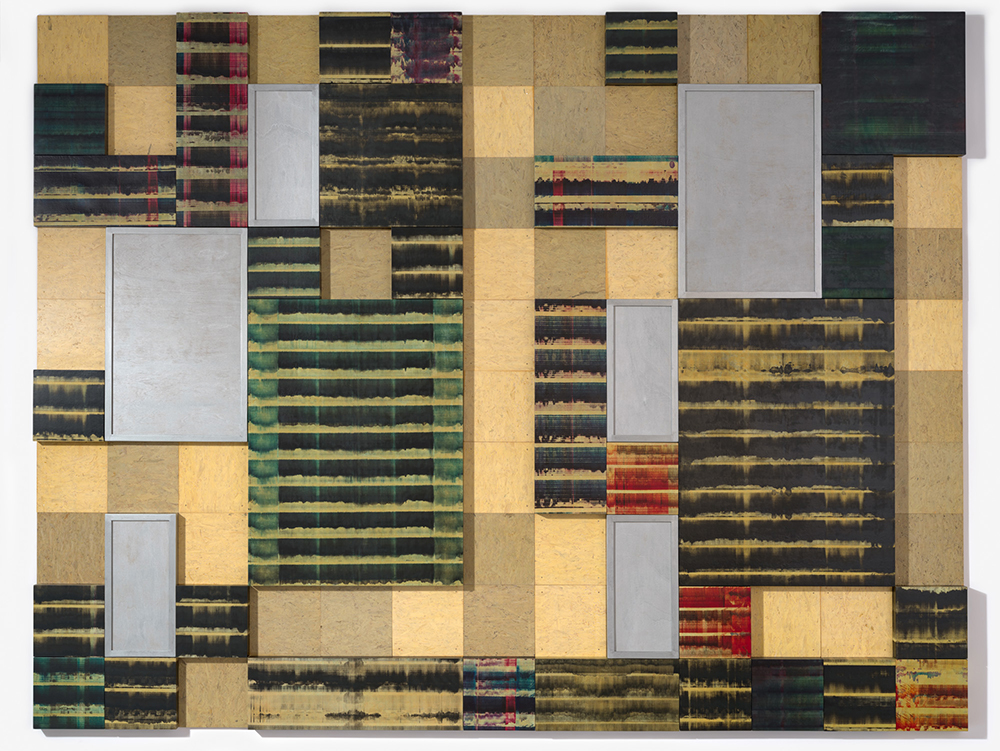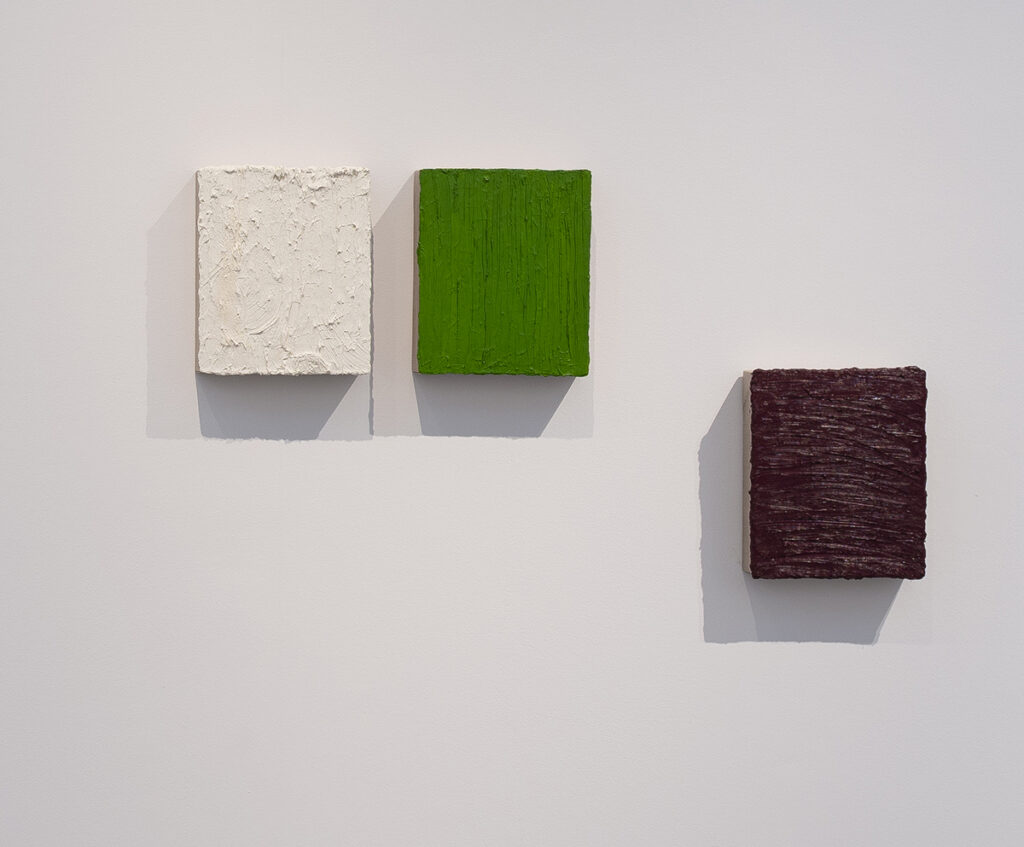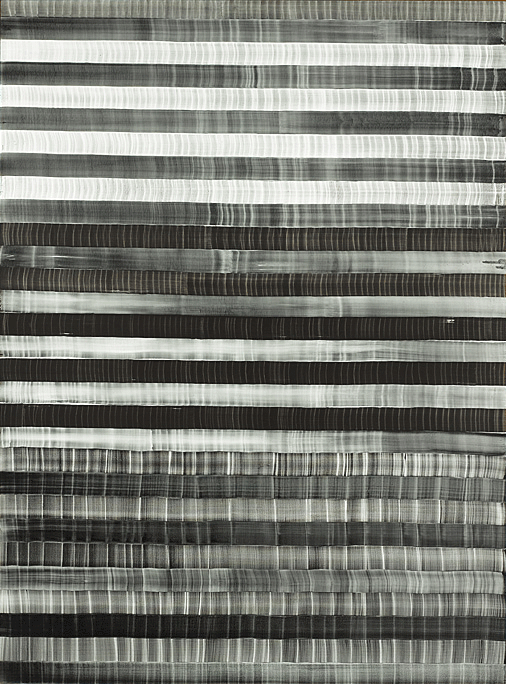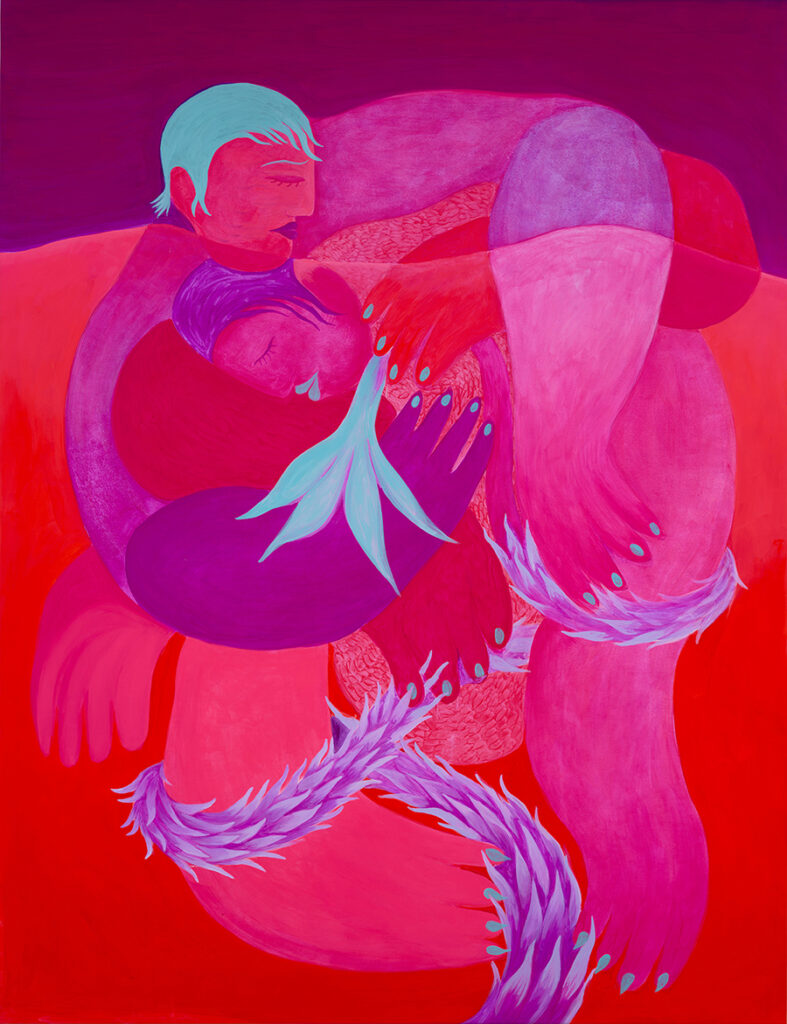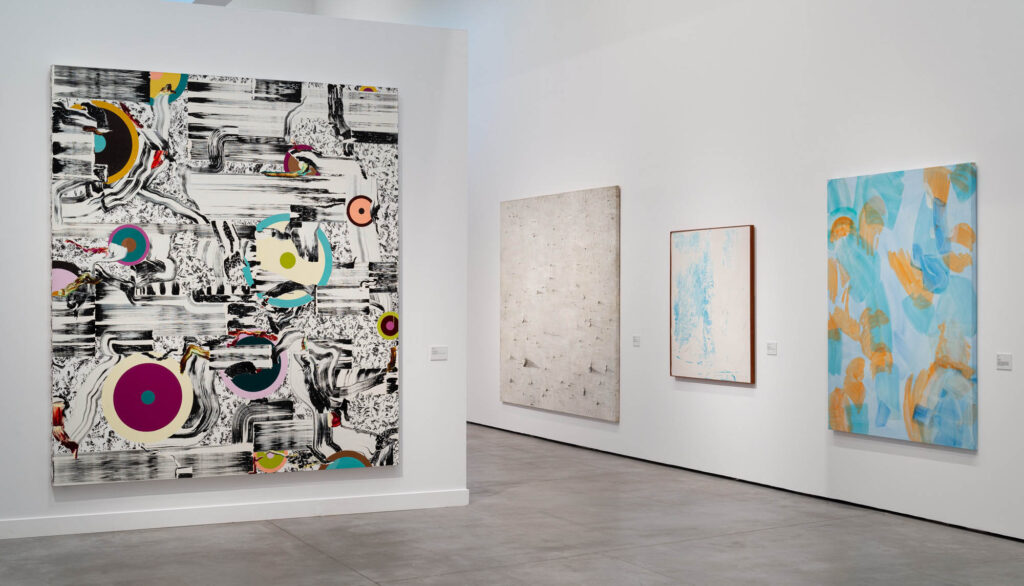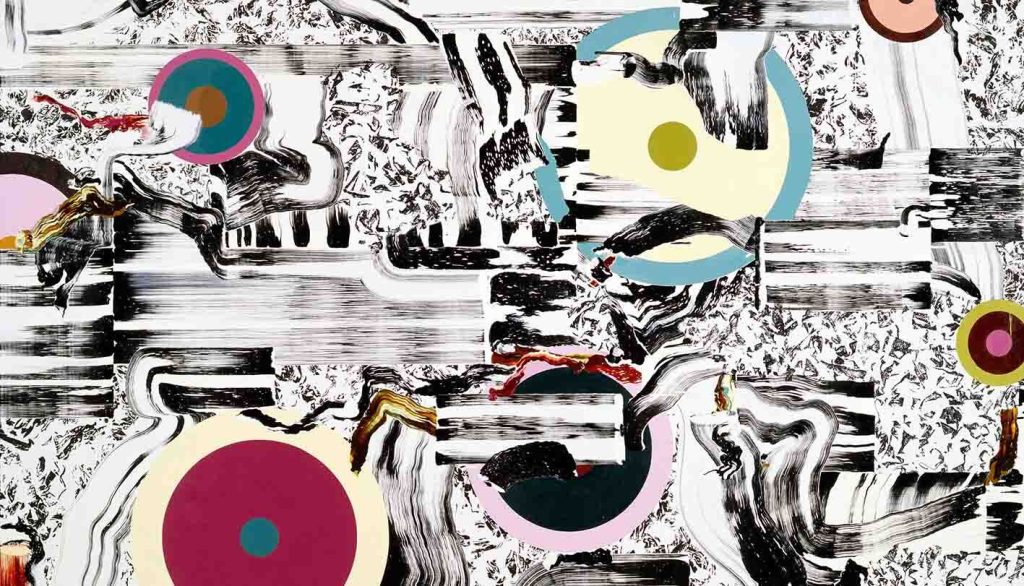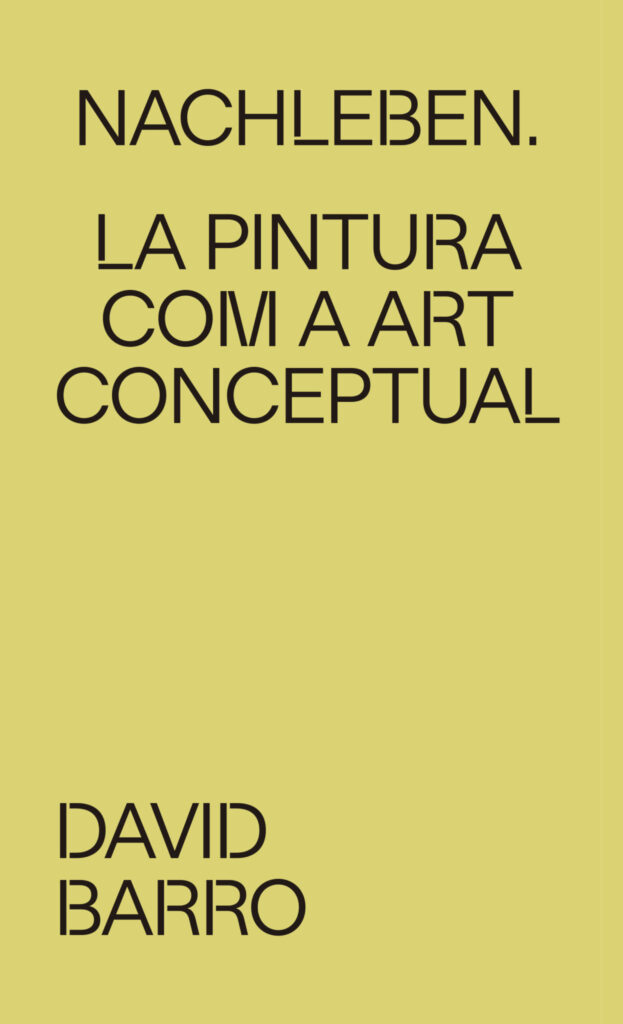Nachleben: Painting as Conceptual Art
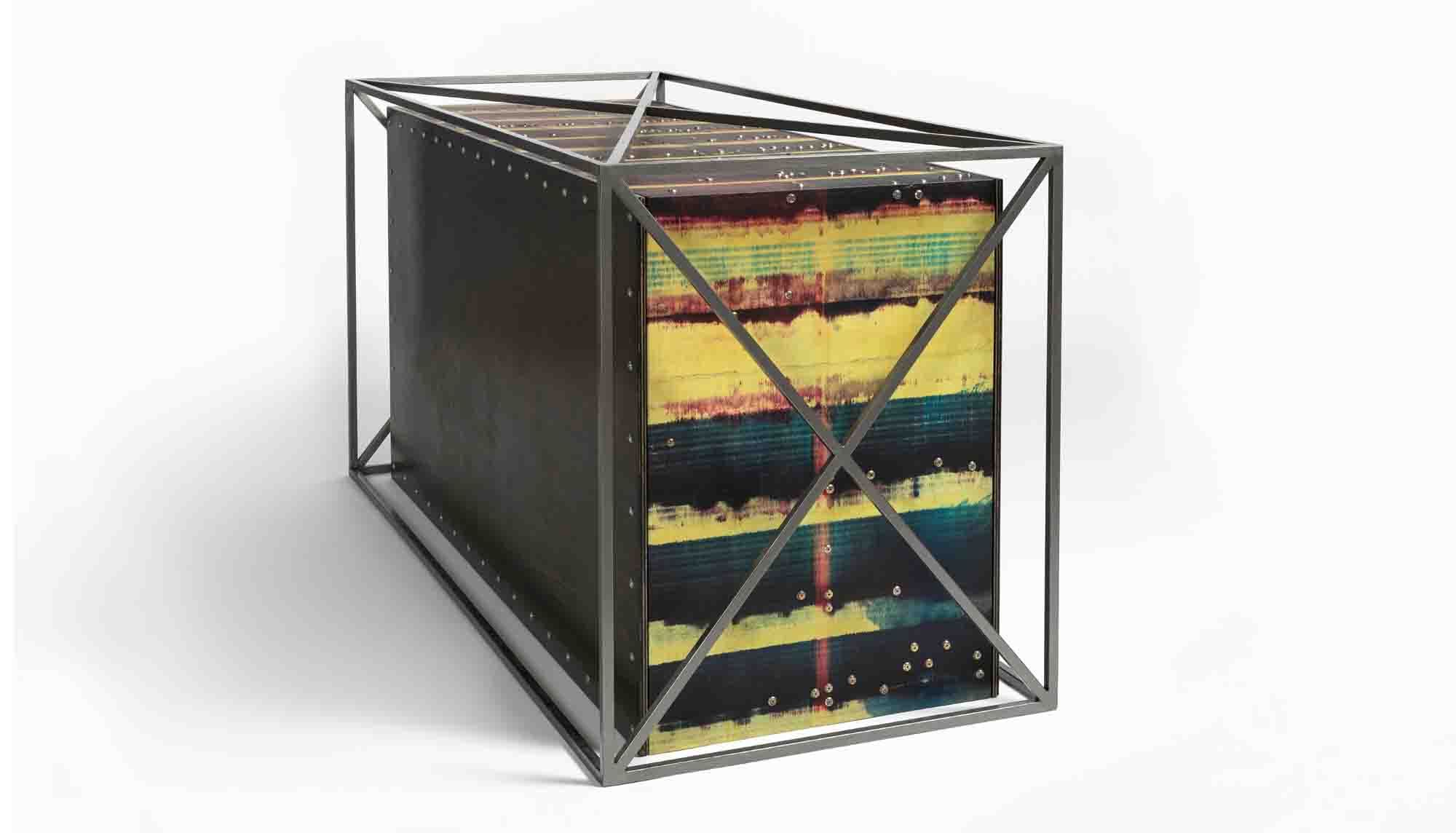
- Location:
- Exhibition Hall A
- Artists:
-
, Amador, Ghada Amer, Miquel Barceló, Georg Baselitz, Elisa Braem, Miriam Cahn, Thea Djordjadze, Helmut Dorner, Rafa Forteza, Bel Fullana, Ferran Garcia Sevilla…
Artists
, Amador, Ghada Amer, Miquel Barceló, Georg Baselitz, Elisa Braem, Miriam Cahn, Thea Djordjadze, Helmut Dorner, Rafa Forteza, Bel Fullana, Ferran Garcia Sevilla, Laura González Cabrera, Rebecca Horn, Wifredo Lam, Marie Laurencin, Sol Lewitt, Ana Manso, Fabian Marcaccio, María Elena Montero / Luis Seoane, Joan Miró, Miquel Mont, Nico Munuera, Charo Pradas, Fiona Rae, Sebastian Lloyd Rees, Néstor Sanmiguel Diest, Ana Santos, Amparo Sard, Antonio Saura, José María Sicilia, Antoni Socías, Teo Soriano, Juan Uslé and Inês Zenha - Curatorship:
- Es Baluard Museu
The history of painting can be told in many different ways, but all these tellings should come to the same conclusion: historically, painting is the most conceptual of all existing art forms. Although painting has often been seen as reactionary, too focused on matters of form and the drifts of its processes, good painting has always adopted new points of view, thus making reactionary the discourse of those who saw it as such, failing to appreciate the broader aspects of content inherent in its practice.
“Nachleben: Painting as Conceptual Art” is an exhibition and publishing project that aims to answer a series of questions: Why is painting potentially the most conceptual of all existing art forms? Why can any image be a painting? Why is the emergence of abstraction for many the most decisive event in art during the 20th century? And why do we still talk about painting? Probably because the different moments in painting’s history always imply a new definition, and we have known for some time that the only thing set in stone is the word ‘painting’ itself, extended and bent without breaking, like a fishing rod, in order to assimilate an endless number of meanings. Contemporary painting is a form of resistance and, above all, a flexible stance that has forced artists to continually rethink their place. Hence the polyhedral character of painting, capable of having multiple faces, but also the need to ask ourselves the same question again and again: What do we call painting today?
During the 20th century there was much talk of the history of painting, but in the 21st century more than a few people have spoken of the “life after death” of painting. What is important to understand, as a starting point, is that when we speak of painting after painting, we are not only talking about work produced after the many deaths of painting, and following the loss of its hegemony or dominance in the history of art, but above all about a type of painting that has only been possible due to these crises and death sentences. Therefore, it is not a question of resurrection, but of the German concept of nachleben, halfway between the ideas of endurance and survival, so present in the philosophical reflections of Walter Benjamin and Aby Warburg in their interest in understanding history and its culture, and which contemporary theory practitioners have adopted in their attempts to examine the renewed energetic state of painting.
This exhibition does not seek to establish hierarchies or dominant positions in the evolution of painting, but rather to highlight its hybrid nature and the simultaneous complexity of its contemporary forms, and if we look into the artistic foundations of the artists present, it becomes clear that they evoke the intrinsic nature of painting from different standpoints. The curious thing about painting is how it has managed to contain the most diverse formal and conceptual distances in the pictorial universe, once we assume that its condition is no longer that of a technique, but a tradition, an idea, a way of thinking and looking at painting itself in its ability to capture the world. In the 21st century, any image or object can be a painting. Because painting is a latent state capable of expanding, contracting and reinventing itself without ceasing to be painting, and today can be reincarnated in a photograph or a video projection, reminding us that, although time has passed, the tendency we have to see the world in pictorial terms still remains.
This exhibition project makes up the first part of the “Nachleben” trilogy, a project by Es Baluard Museu with which the museum aims to contribute to the understanding of the history of recent art, in this case, by exploring the intrinsic nature of painting based on some of its vicissitudes and drifts. The selection of works in this exhibition feature pieces from the museum’s own collection, some owned by the museum and others from private collections and institutions, including the recent loan from the Barrié Foundation International Contemporary Painting Collection.
